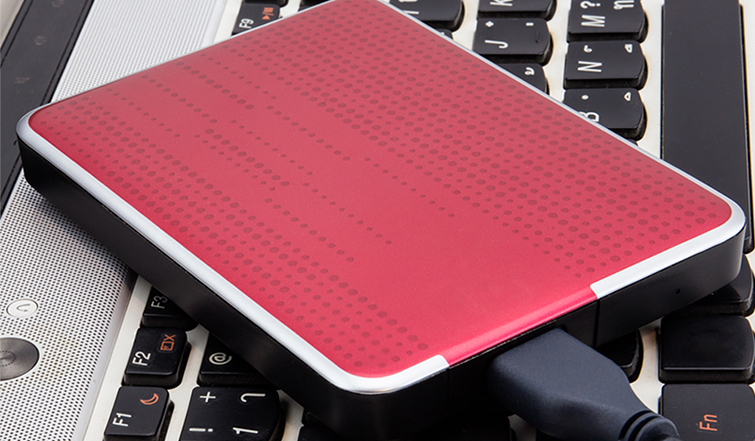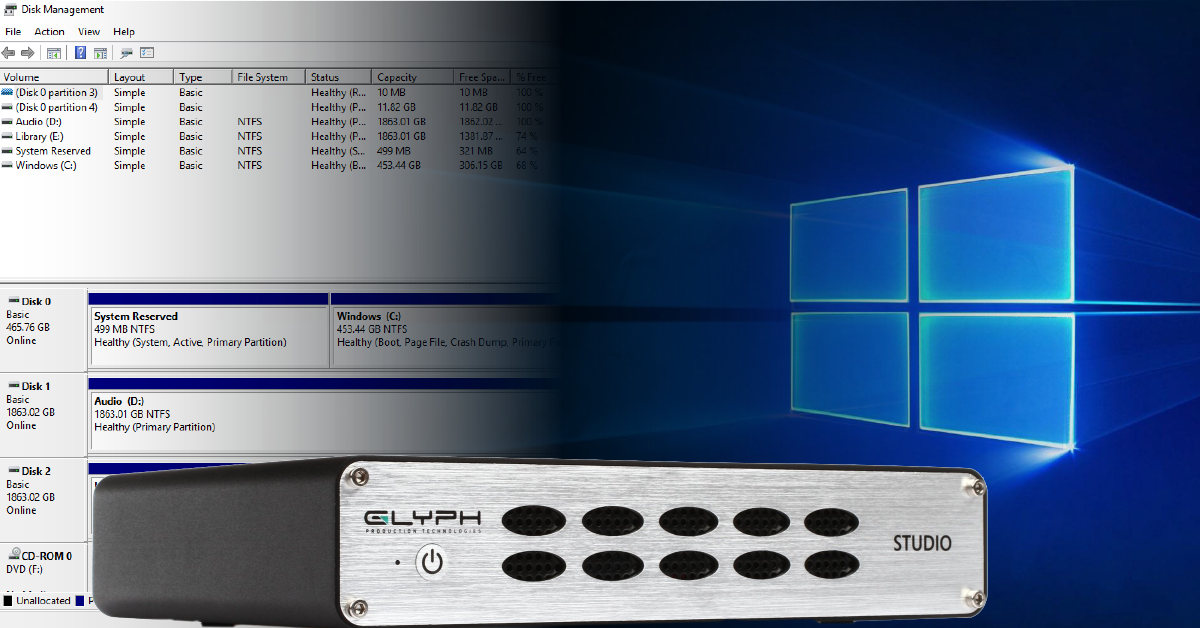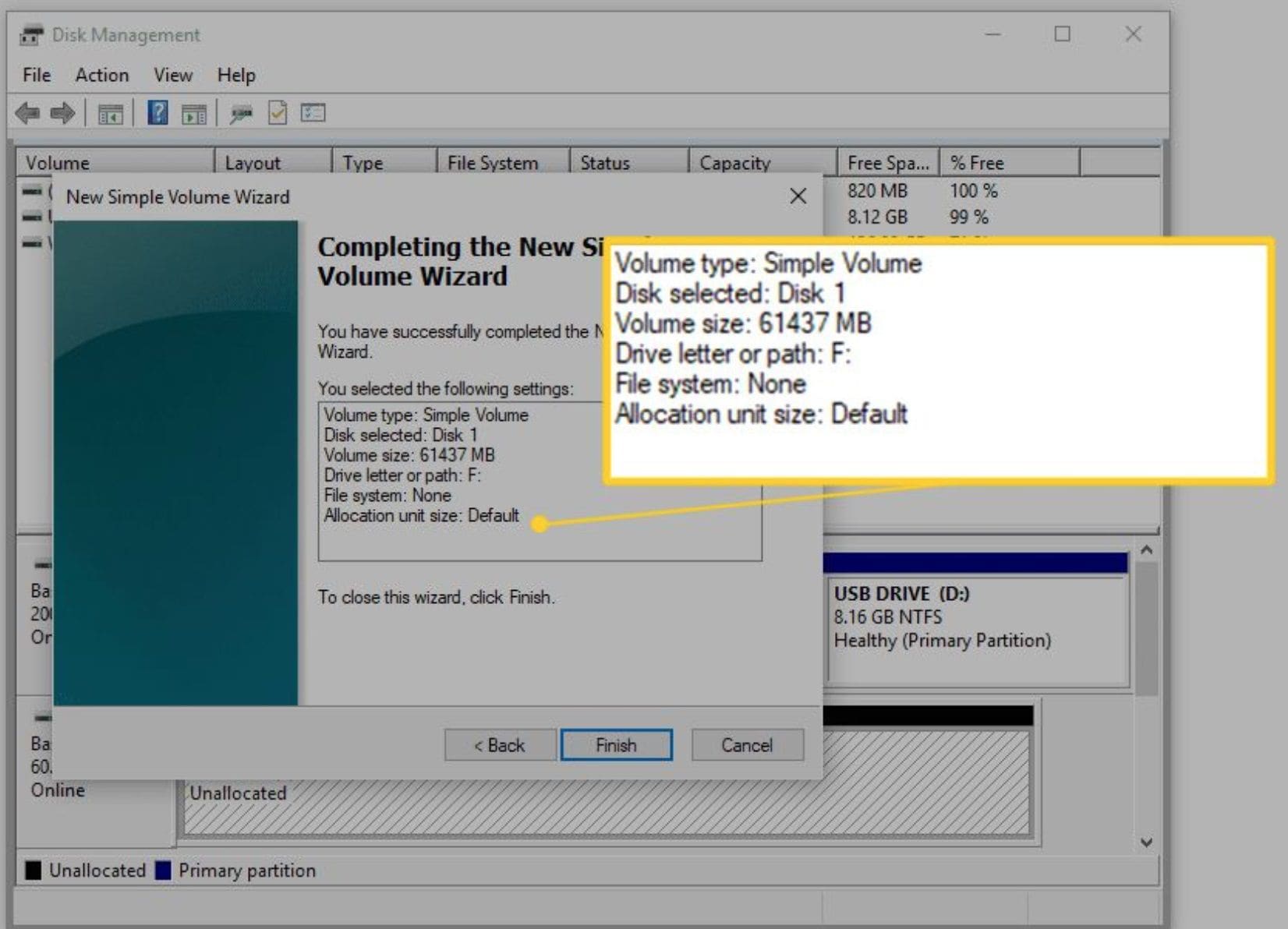


Two of these palettes, “Erase” and “Partition,” appear to accomplish the same thing, but there is a very significant difference. Only after investigation did I discover that I had greatly misunderstood how I should have been using Apple’s Disk Utility.ĭisk Utility displays a number of action palettes when you select a storage device from its left-hand pane. The drive wouldn’t mount on my Windows machine, either. When I took my drive over to my PS3, I discovered it wouldn’t mount. The PS3 will mount only FAT32 drives, so I thought I’d erase my drive and quickly reformat the volume. The USB drive had some old Mac backups on it and was set up in the Apple-recommended HFS+ format. I needed to copy some files from my PlayStation 3, and I thought I would reformat an external HD for that purpose. Disk Utility was the obvious destination for me when I decided to format an old USB drive I had lying around. From that tool you can create partitions and disk images, format volumes, and mount files systems. The Disk Utility in MacOS version 10.5 is the nexus of file system management on your Apple computer. Look into the Mac port of the NTFS-3G project if you need to write to NTFS disks from your Mac. Apple machines can natively read NTFS volumes, but they can’t write to that file system without third-party software. * Microsoft recommends their NTFS format for large Windows-compatible disks. At least, it did until last week, when I discovered a quirk in the MacOS Disk Utility that allowed me to create a FAT32 volume that would not mount on Windows. I frequently use MacOS to format FAT32 volumes, and that feature has historically worked for me without a hitch.

#Formatting disk for mac and windows mac os#
In fact, when it comes to working with FAT32 partitions, Mac OS can do something natively that Windows cannot: MacOS can format FAT32 partitions larger than 32 GB. That feature helps keep my tool kit a little lighter and my life a little simpler.
#Formatting disk for mac and windows software#
Since Macs can read and write to FAT32 partitions, * I can keep software and utilities for both operating systems on a single drive. There are a few features in the MacOS that I rely on to make my double life a little easier, one of those being the built-in support Apple computers have for Windows volumes. I support both Macs and Windows machines, so I spend a lot of time running between systems. Read on, support pros, and save yourselves from future headaches. Avoiding the same problem is easy once you have an understanding of how Apple's formatting tool works. A quirk in the Apple Disk Utility allowed me to create a FAT32 volume that would not mount in Windows.


 0 kommentar(er)
0 kommentar(er)
